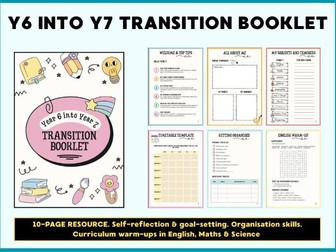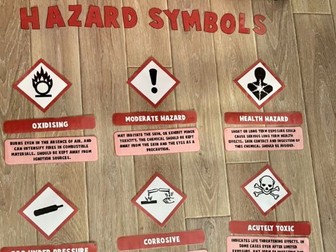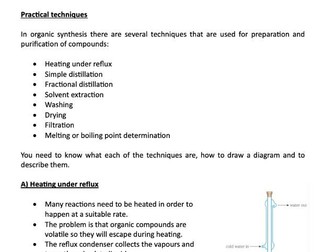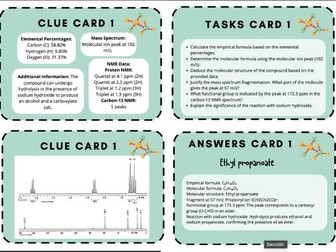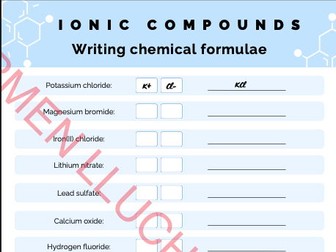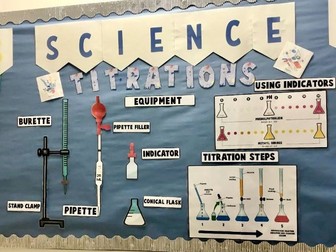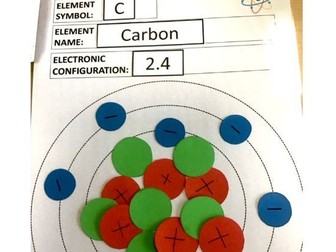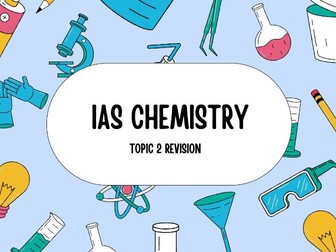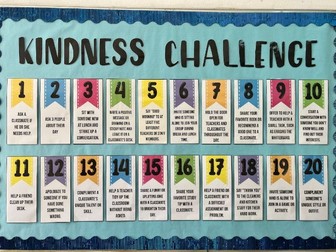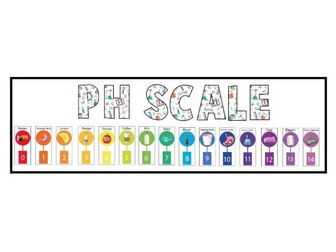Year 6–7 Transition Guide
This is a ready-to-use, 10-page Canva resource that guides incoming Year 7 students through:
Self-reflection & goal-setting (draw yourself, map your hopes & end-of-year review)
Organisation skills (morning & evening checklists, homework tracker, blank timetable)
Curriculum warm-ups in English, Maths & Science (puzzles, challenges & sketch-to-label)
Key contacts & first-impressions paragraph prompt
Why you’ll love it
Mixes writing, drawing, puzzles & checklists for maximum engagement
Supports both academic skills and personal growth
Ideal as a printed workbook or digital download
Equip your Year 7s with confidence, creativity and clear next-step actions—all in one cohesive pack.
